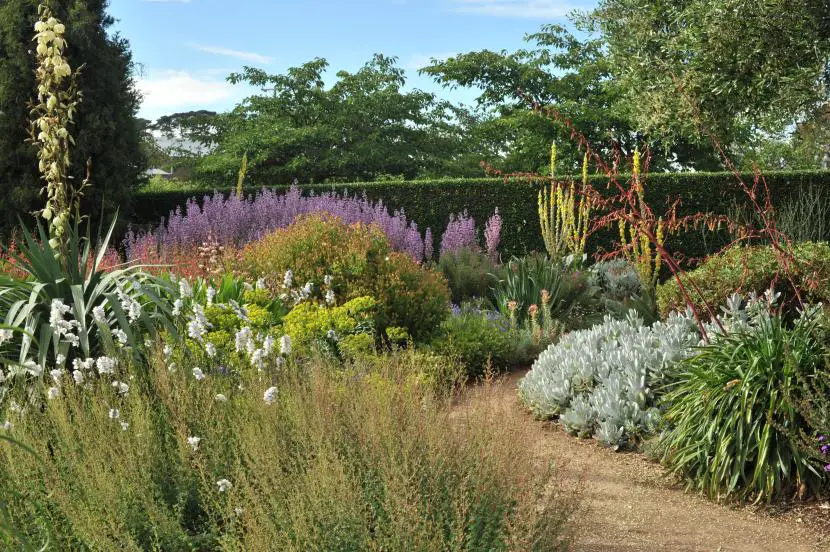

Knowing the type of soil you have in the garden is very important, since the characteristics of it will largely depend on the type of plants you can put. Each of them has properties that will only suit a certain group of species.
Also, in your own garden there will be areas where the nutrient content, for example, varies. This will depend on the contributions of humus or other type of compost that you have made. Let us know what are the different types of earth texture there.
Clay floor


The clay soil is composed mainly of clay. It has a brown color, which can turn reddish brown if it does not receive moisture. A water, by the way, that is difficult for him to absorb. These soils do not have good drainage, and this can be a problem if it rains heavily, since we could end up having the garden flooded for a few hours (which would not harm the plants, but it would not allow us to walk through it until has finished absorbing all the precious liquid). Some examples of species that can grow in it are:
- European oils
- loaded with figs
- Almond
- Opuntia fig-indica
Sandy ground


The sandy soil, like that of the beaches, is composed mainly by sand. Unlike clay, they have excellent drainage, but as they do not retain much moisture, very few plants can grow well in it. Some examples are:
- propagating through a pine forest (Pinus halepensis).
- Cocoa nuts
- Plumeria
- protea
Loamy soil


In the loamy soil we will find a lots of slime. It is an intermediate soil between the previous two, and has a dark brown color. It is the one that exists, for example, on both sides of the rivers. It is one of the most suitable for growing a wide variety of plants, such as vegetable gardens, fruit trees, palm trees, and flowers.
Other soils
There are two other types of soils:
- Loamy-sandy soil: it has about the same amount of silt as it is sand, and very little clay.
- Clay loam soil: which has about the same amount of silt as clay, and very little sand.
To know the type of land you have, a very simple method is to carry out the »churrito method” that it’s called. To do this, you have to take some soil and moisten it. Then, you have to knead it by making a 3mm thick “churrito”, and you try to make a donut with it. In the event that no cracks appear, the soil is clayey; on the contrary, if it is impossible for you to do it, it is because it is sandy; and if he stays somewhere in between, he is frank.
Did you find it interesting?

